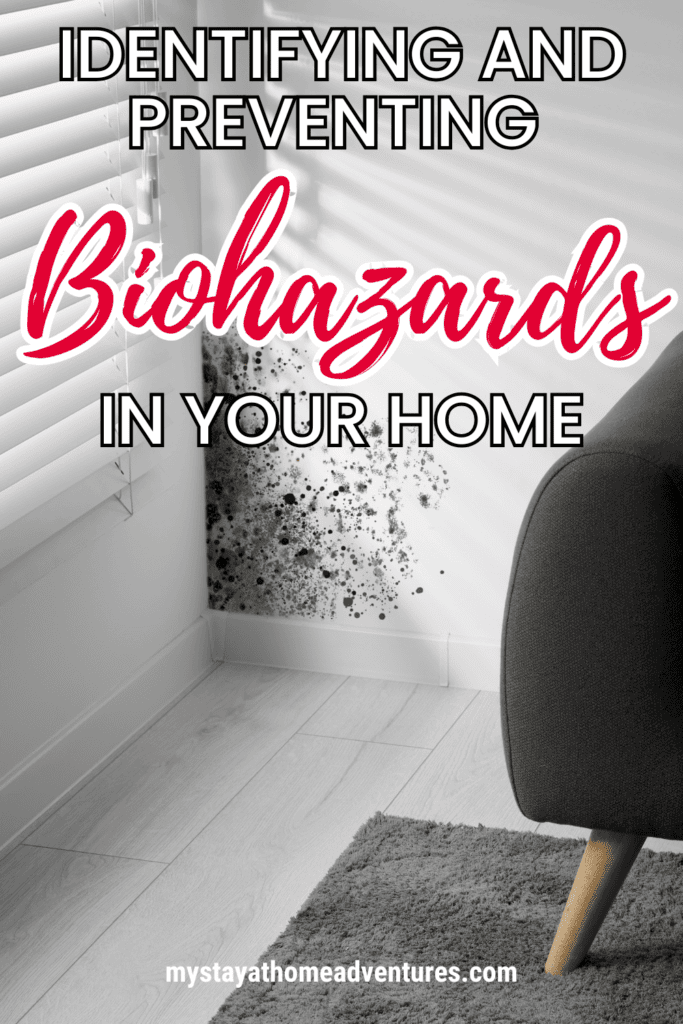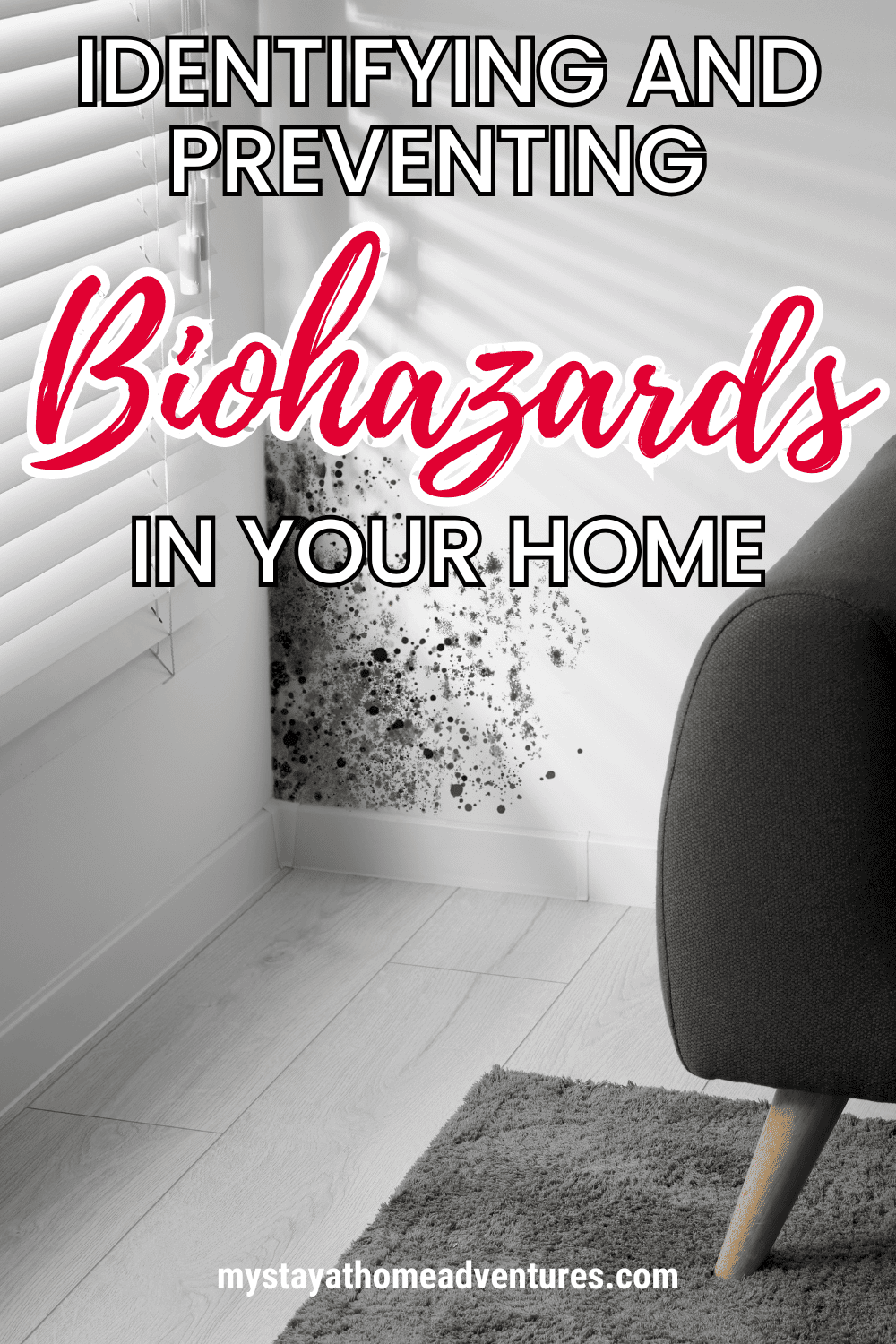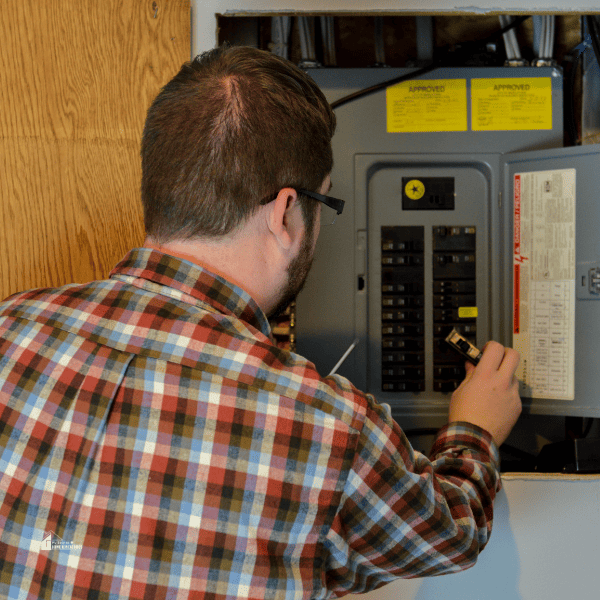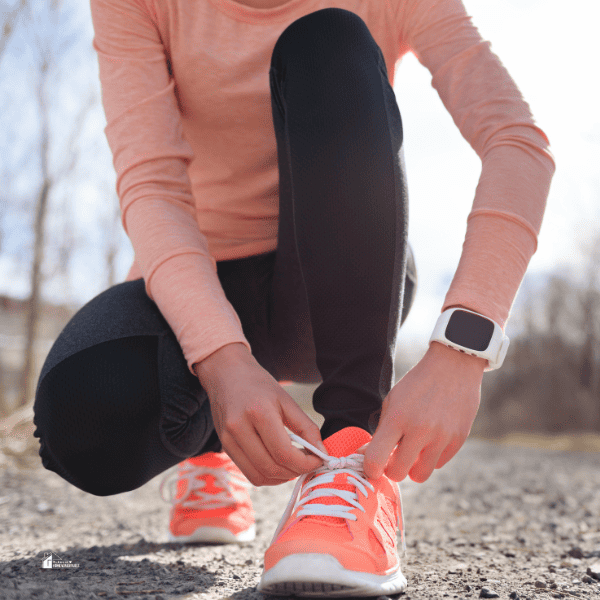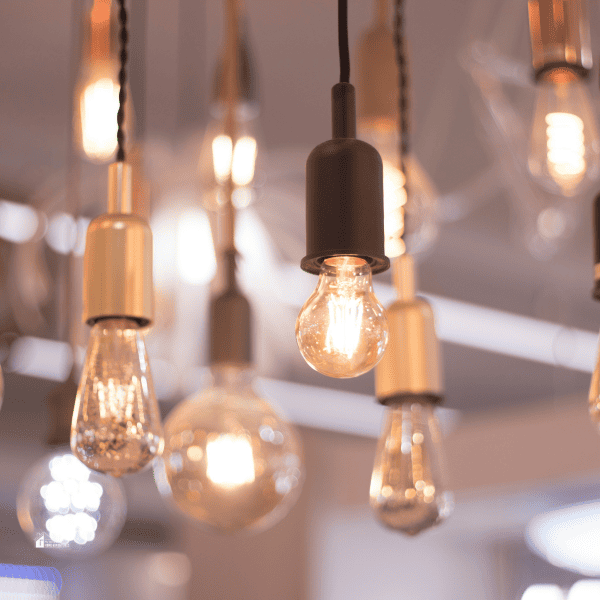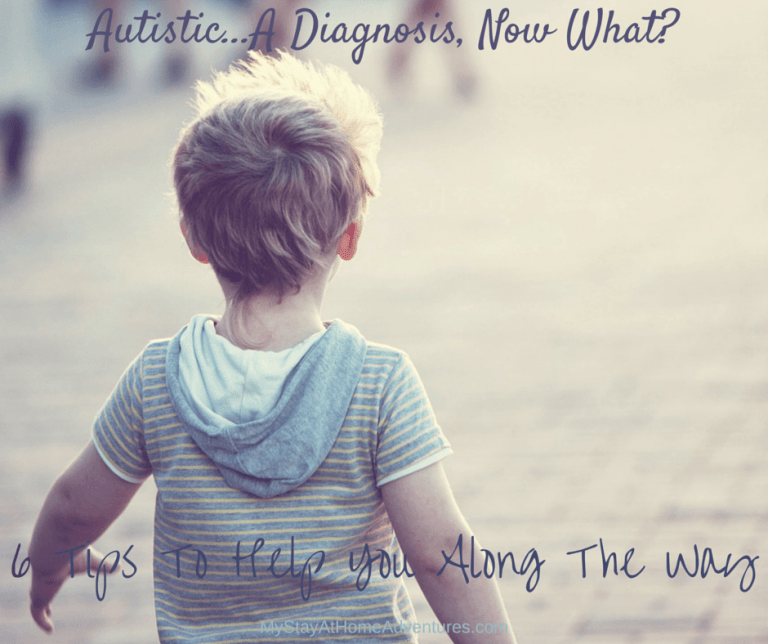Identifying and Preventing Biohazards in Your Home
This post may contain affiliate links which might earn us money. Please read my Disclosure and Privacy policies hereEnsuring a safe and healthy living environment is crucial for every homeowner. Unfortunately, some common household hazards are often overlooked, including biohazards. Biohazards are harmful biological substances that can pose serious health risks to you and your family.
These hazards can take various forms, including bacteria, viruses, fungi, mold, and even animal waste. While many biohazards may be invisible to the naked eye, being able to identify and address them proactively is key to preventing biohazards at home and significantly reducing health risks in your living space.
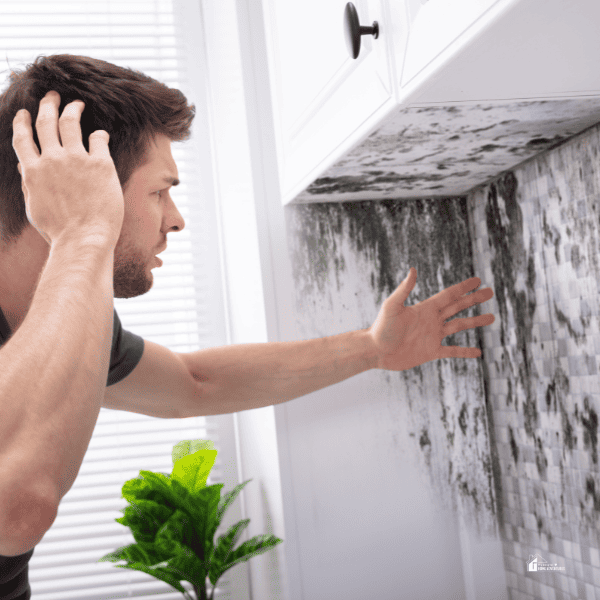
What Are Biohazards?
Biohazards refer to any biological substances that are harmful to living organisms. They can be found in many areas of the home, and when left untreated, they can lead to serious health issues. Common biohazards include:
- Mold and Mildew: Mold spores are microscopic and can spread quickly in areas of high humidity, such as bathrooms, kitchens, or basements. Exposure to mold can trigger respiratory problems, allergies, or even infections in some individuals.
- Pest Droppings: Rodents, cockroaches, and other pests can carry harmful bacteria and viruses. Their droppings can contaminate food, water, and surfaces, increasing the risk of disease transmission.
- Sewage Backups: A sewage backup can introduce harmful bacteria and viruses into your home. Raw sewage can contaminate surfaces, leading to gastrointestinal illnesses or infections.
- Bloodborne Pathogens: Blood spills or the presence of bodily fluids can be biohazards. These can occur due to accidents, medical conditions, or contamination from pets.
Identifying Potential Biohazards
Identifying biohazards in your home requires looking for key signs like damp or water-damaged areas, which are prime spots for mold growth. A musty odor or black spots on walls or ceilings can indicate mold, and it may even grow hidden behind walls or under floors. If you experience allergy-like symptoms, it's worth checking for mold. Pest infestations, such as droppings or sightings of rats, mice, or cockroaches, can also signal a biohazard, particularly in kitchens, pantries, or areas with moisture. Water damage from leaks, broken appliances, or flooding creates ideal conditions for mold and harmful bacteria.
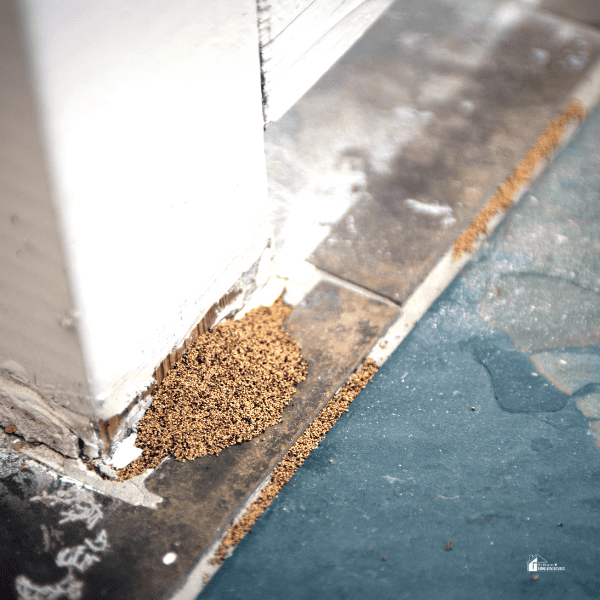
Preventing Biohazards in Your Home
Control Moisture and Humidity: Mold thrives in damp environments, so controlling moisture levels in your home is crucial. Use dehumidifiers in basements and bathrooms, and ensure proper ventilation in areas like kitchens and laundry rooms. Fix any leaks promptly to prevent water from seeping into walls, floors, or ceilings.
- Regular Cleaning and Maintenance
Maintaining cleanliness in your home is one of the simplest and most effective ways to prevent biohazards. Regularly clean surfaces, especially in the kitchen and bathroom, using disinfectants to kill harmful bacteria. Pay close attention to areas where food particles may accumulate, such as around sinks or trash cans. Additionally, remove any standing water from sinks, bathtubs, or floors as soon as possible to prevent mold growth.
- Pest Control
Keeping pests at bay is essential to reducing biohazard risks. Seal cracks and gaps in walls, windows, and doors to prevent rodents and insects from entering your home. Ensure that food is stored in sealed containers, and clean up crumbs or spills promptly. You may also want to schedule regular pest control inspections to catch any infestations early on.
- Address Sewage and Plumbing Issues
Plumbing problems, such as clogged drains or leaky pipes, can lead to sewage backups. Conduct regular inspections of your plumbing system and promptly resolve any issues that arise. If you notice signs of a sewage backup, such as foul odors or slow-draining sinks, it’s important to contact a professional to address the problem before it becomes a larger biohazard concern.
- Use Protective Gear
When cleaning areas that could be contaminated by biohazards, such as cleaning up after a pet or dealing with sewage spills, always use appropriate personal protective equipment (PPE). This may include gloves, face masks, and protective eyewear to reduce exposure to harmful pathogens.
- Hire Professional Services
In some cases, particularly when dealing with extensive water damage, sewage backups, or large infestations, it may be necessary to hire professionals to handle the situation. These experts have the necessary tools and knowledge to safely clean up biohazards and prevent further contamination.
When to Call a Professional
If you notice any signs of severe biohazard contamination in your home, such as large mold infestations, significant sewage backups, or bloodborne pathogen risks, it’s essential to call a professional remediation service. They can assess the severity of the situation and take appropriate measures to remove or contain the biohazard, ensuring your home remains safe and habitable.
Final Thoughts
Biohazards can be present in your home without obvious signs, which is why it’s important to be proactive in identifying potential risks.By regularly inspecting your home and taking immediate action to eliminate these risks, you can prevent long-term health problems such as respiratory issues, infections, or allergies. Prioritizing safety measures, such as controlling humidity and maintaining clean, dry surfaces, can significantly reduce the likelihood of biohazard contamination in your living space.
